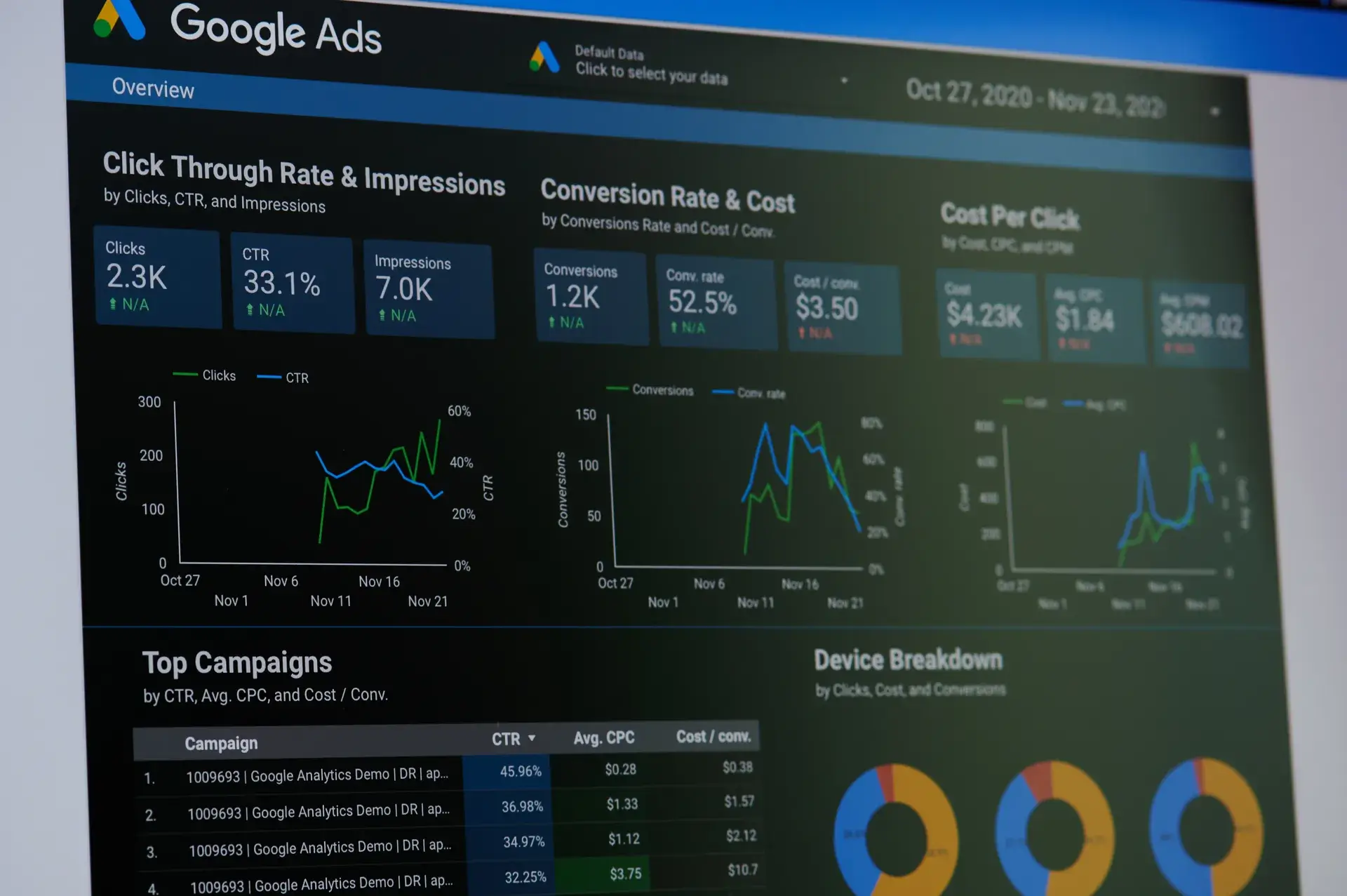Google Ads ad sets are a crucial component in creating effective advertising campaigns on the platform. They help you organize and manage your ads in a way that aligns with your marketing goals. In this guide, we will break down what ad sets are, their importance, and best practices for optimizing them to ensure your campaigns succeed.
What are Google Ads Ad Sets?
Ad sets, also known as ad groups, are collections of ads that share a common target audience and set of keywords. Each ad set allows advertisers to target specific demographics, interests, and behaviors, which helps streamline campaign management and improve ad performance.
The Importance of Ad Sets in Google Ads
Ad sets are essential for the following reasons:
- Targeted Advertising: Advertisers can create highly targeted ads based on specific audience segments.
- Budget Control: You can allocate budgets at the ad set level, allowing for better cost management.
- Performance Tracking: Each ad set can be monitored independently, providing insights into which strategies are yielding the best results.
How to Create Effective Google Ads Ad Sets
To create successful ad sets, consider the following steps:
1. Define Your Goals
Understand what you want to achieve with your campaign, whether it's increasing website traffic, generating leads, or boosting sales.
2. Identify Your Target Audience
Utilize Google Ads' audience targeting options. Segment your audience by demographics, interests, or behaviors to enhance relevancy.
3. Keyword Research
Conduct thorough keyword research to identify high-performing keywords related to your products or services. Utilize tools like Google Keyword Planner.
4. Craft Compelling Ads
Write engaging ad copy that resonates with your target audience. Use strong calls-to-action (CTAs) to encourage clicks.
5. Monitor and Optimize
Regularly track the performance of your ad sets. Adjust keywords, refine targeting, and A/B test ad variations to improve engagement rates.
Common Mistakes to Avoid in Google Ads Ad Sets
Here are some pitfalls to avoid when creating Google Ads ad sets:
- Broad Targeting: Avoid broad targeting that may dilute your ad relevance and result in wasted ad spend.
- No A/B Testing: Failing to test different ad versions can prevent you from discovering what resonates with your audience.
- Neglecting Performance Metrics: Regularly ignoring performance data can lead to poor optimization and lower ROI.
Conclusion
Understanding and effectively managing Google Ads ad sets is crucial for running successful advertising campaigns. By setting clear goals, targeting the right audience, and continually optimizing your ad performance, you can maximize your advertising investment. At Prebo Digital, we specialize in Google Ads management and can help you create ad sets that drive results. If you're ready to enhance your online advertising efforts, contact us today for a consultation!





